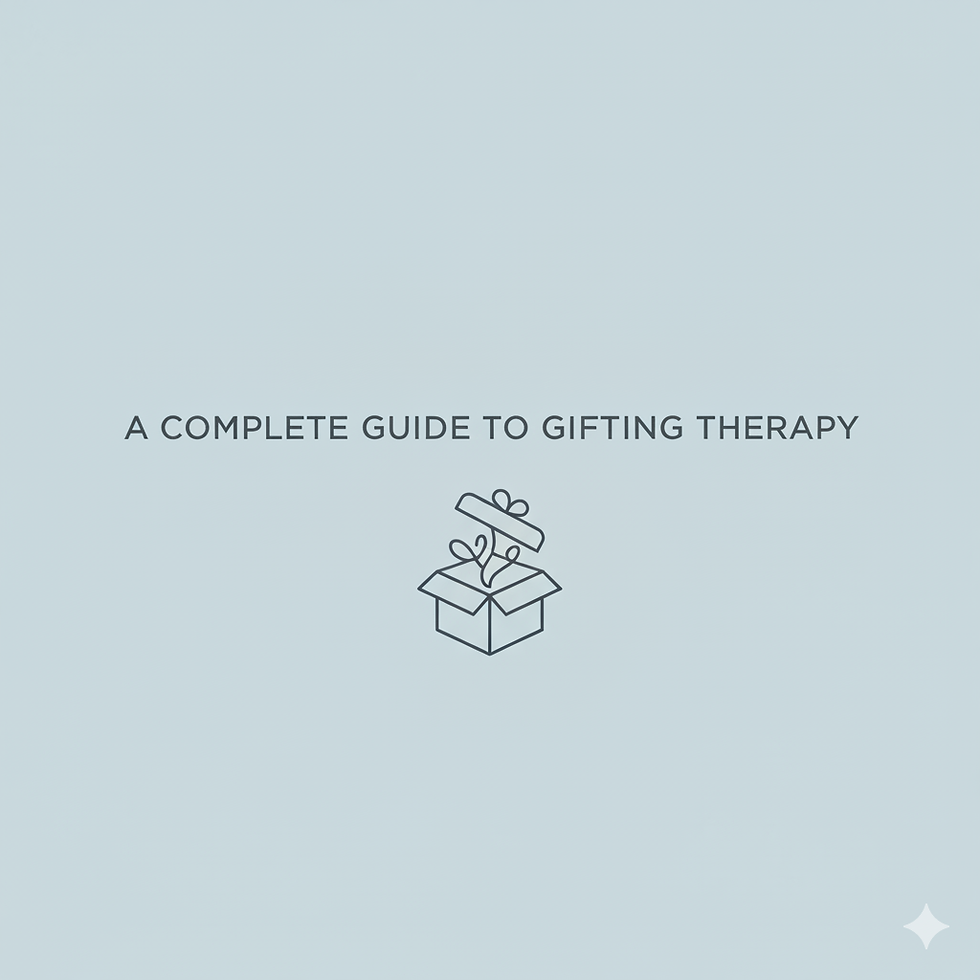MINDFULNESS EXERCISES
- Regina D'Cruz
- Oct 2, 2020
- 4 min read
The human mind is always wandering. When we are walking home, we are thinking about what will happen if we don’t pass the upcoming exam. When we are in class trying to pay attention to a lecture, we are thinking about where to go for lunch. When we are having lunch with a bunch of our friends, we are comparing ourselves to others… and the list goes on. We tend to spend our time in somewhat of a ‘virtual reality’, thinking either about the past or the future. There is a disconnect between the body and the mind. This could eventually lead to feelings of anxiety or depression.

Why do we find it so difficult to live in the moment and pay attention to what’s happening in the here and now? Why do we find it difficult to be ‘MINDFUL’ and easy to be ‘MINDFULL’?
This ability to be completely focused on the present and the act of paying attention, on purpose, to all elements of our experience and without judgement is mindfulness. It is being aware of where we are, what we are doing, how we are feeling and what thoughts we are having.
Sounds like a lot doesn’t it? This definitely doesn’t come easy and it takes a lot of practice. But, training ourselves to be mindful comes with a number of health benefits. It helps reduce stress, ground ourselves, increase focus, gain insight and awareness by observing our thoughts, enable us to make changes in our daily habits, develop our curiosity, etc.
Practicing mindfulness is something we can incorporate in our daily lives. And this is not just by meditating. Meditation, of course is a major mindfulness practice. But, there are a few other ways as well. Try these activities regularly to help training your mind towards mindfulness:
Choose one simple thing from your daily routine that you would usually do mindlessly. Like brushing your teeth, taking a shower, eating or lying in bed. When you are doing this activity, try to focus on it completely; how do parts of your body feel, what can you smell/taste, what textures can you feel, how does your body move... notice all this with a sense of curiosity and non-judgment.
When you are travelling to work or college, pick something you can look out for like a ‘scavenger hunt’. For eg. A billboard, a stray animal, a random colour or even a model of a car... Keep the item in your mind and on your way, just notice and realize when you notice this item.
Take time to notice sounds. For a few moments, wherever you are, just close your eyes and try to count the number of different sounds you hear. Listen intently to the environment around you.
Do a slow short walk removing the sense of sight. Choose a safe area where you can walk at least 20 steps with your eyes closed. When you walk, feel your body moving, feet touching the floor, notice the different thoughts and feelings you have and also, the urge to open your eyes.
Using a journal, try to introspect a challenging event that you experienced recently. Write down what was happening, how you were feeling at the time, what thoughts were going through your head, what you were trying to do or not do…The next time you face something similar try to pay attention to yourself in that moment (being mindful) and later try to repeat the same introspection to see if you were able to notice more when you were consciously paying attention. Did the way you react change?
Do a body scan. You can find a number of guided body scan videos or audios online. This involves slowly noticing and paying attention to each part of your body- from the top of your head to the soles of your feet. Using a guided instruction audio works well.
Mindfulness breathing- even if it’s for 5 minutes a day can be done. Sit with your back straight either on the floor or a chair, close your eyes and breathe deeply in and out concentrating on the breaths you take. To make it easier, think to yourself- ‘I’m breathing in’ , ‘I’m breathing out’.. Feel the cool air entering your nostrils and the warm air leaving. During this, your mind might wander- this is normal. All you must try to do is acknowledge that you are thinking of things other than the breath and gently bring the attention back to your breathing.
Yoga! Yoga is very much a mindfulness exercise as it teaches you to control your breathing and feel your body in each posture. It also emphasizes on non-judgmental acceptance of how much your body can do at that given time, being kind to where you are in your yoga journey.
Phew! That was a long list wasn’t it? If you choose to do even one of these exercises regularly, it will help you lead a more mindful life, able to enjoy the present and rid the clutter. Good luck!
REFERENCES:
-FOUNDATIONS OF MINDFULNESS COURSE BY RICE UNIVERSITY- COURSERA https://www.coursera.org/learn/foundations-of-mindfulness/home
- ‘WHAT IS MINFULNESS’- https://www.mindful.org/what-is-mindfulness/
- FOR BODY SCAN AND MINDFUL BREATHING AUDIOS- http://www.freemindfulness.org/download



Comments